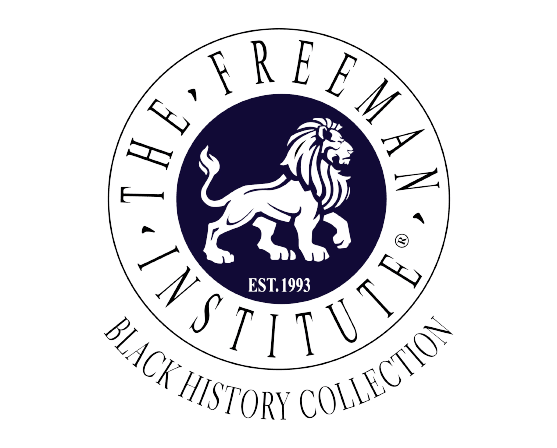
Lewis Howard Latimer (1843-1928)

Lewis Howard Latimer (1843-1928) is considered one of the 10 most important Black inventors of all time not only for the sheer number of inventions created and patents secured but also for the magnitude of importance for his most famous discovery. A pioneer in the development of the electric light bulb, Lewis was the only Black member of Thomas A. Edison's research team of noted scientists. While Edison invented the incandescent bulb, it was Latimer, a member of the Edison Pioneers, and former assistant to telephone inventor Alexander Graham Bell, who developed and patented the process
for manufacturing the carbon filaments. Latimer was born in Chelsea, Massachusetts, on September 4, 1848, and reared in Boston. His father, George Latimer, a former slave, had fled to Boston from Virginia during the 1830s. At sixteen Latimer joined the Union navy as a cabin boy on the USS Massasoit. After an honorable discharge in 1865 Latimer returned to Boston. Skills he had developed in mechanical drawing landed him a position with Crosby and Gould, patent solicitors. While with the company he advance to a chief draftsman and soon began working on his own inventions. His first patent, approved on February 10, 1874, was for a "water closet for railway cars." In 1880 Latimer left Crosby and Gould to work as a draftsman for Hiram Maxim, the inventor of the machine gun and head of the United States Electric Lighting Company in Bridgeport, Connecticut. The following year Latimer and fellow inventor Joseph V. Nichols received a patent for their invention of the first incandescent light bulb with carbon filament. Prior to this breakthrough, filaments had been made from paper. Latimer later became a chief draftsman and expert witness in the Board of Patent Control of the company that would eventually be know as General Electric. Latimer continued to display his creative talents over then next several years. In 1894 he created a safety elevator, a vast improvement on existing elevators. He next received a patent for Locking Racks for Hats, Coats, and Umbrellas. The device was used in restaurants, hotels and office buildings, holding items securely and allowing owners of items to keep the from getting misplaced or accidentally taken by others. He next created a improved version of a Book Supporter, used to keep books neatly arranged on shelves. He continued to invent and teach his drafting skills until his death in 1928.
Send a Message
Contact Us
Office location
Gambrills, MarylandGive us a call
(410) 991-9718Send us an email
[email protected]Other website
freemaninstitute.com/Collectmain.htm